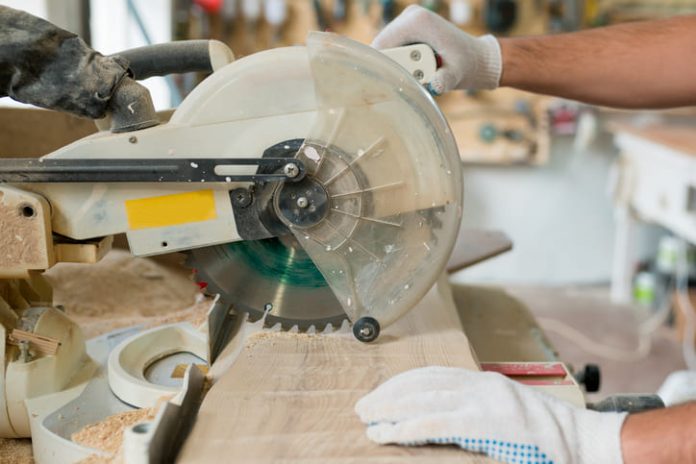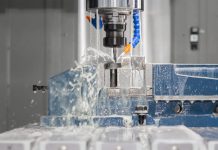The Art of Precision Cutting: Understanding Saw Fundamentals
The world of saws is vast and intricate, offering a plethora of options for craftsmen, DIY enthusiasts, and professionals alike. At the heart of every successful project lies the selection of the appropriate cutting tool, and Custom Saws have emerged as a game-changer in this realm. These specialized implements are tailored to meet specific needs, ensuring optimal performance across a wide range of materials and applications.
As we delve into the nuances of saw selection, it becomes apparent that mastering this art can significantly enhance the quality and efficiency of any cutting task. From the coarse teeth of a rip saw to the delicate precision of a dovetail saw, each tool has its unique characteristics and ideal use cases. Understanding these distinctions is crucial for achieving clean, accurate cuts and preserving the integrity of your materials.
Decoding Saw Types: From Handsaws to Power Tools
The evolution of saws has given rise to an extensive array of cutting implements, each designed to excel in particular scenarios. Handsaws, with their time-honored simplicity, remain indispensable for many tasks. The venerable crosscut saw, with its sharp, angled teeth, effortlessly slices through wood fibers perpendicular to the grain. In contrast, the aggressive teeth of a rip saw are optimized for cutting along the grain, making quick work of lengthy cuts in dimensional lumber. Moving into the realm of precision work, we encounter the tenon saw and its close relative, the dovetail saw.
These fine-toothed marvels are invaluable for joinery and detailed woodworking, producing cuts of remarkable accuracy. The coping saw, with its narrow, flexible blade, excels in creating intricate curves and shapes, while the Japanese pull saw offers unparalleled control and finesse in its cutting action. As we transition to power tools, the landscape expands further. Circular saws dominate in efficiency for straight cuts, while jigsaws provide versatility for curved and intricate cuts.
The bandsaw, a staple in many workshops, offers unparalleled flexibility in resawing and cutting curves in thick stock. Each of these tools has its place in the well-equipped workshop, and understanding their strengths is key to selecting the right saw for any given task.
Material Matters: Matching Saws to Substrates
The composition and characteristics of the material being cut play a pivotal role in determining the most suitable saw for the job. Wood, in its myriad forms, requires careful consideration. Softwoods, with their relatively low density and straight grain, are amenable to a wide range of saws. However, hardwoods, particularly those with interlocked or figured grain, demand more specialized tools to achieve clean cuts without tearout or splintering.
The world of engineered wood products, such as plywood and MDF, presents its own set of challenges. These materials often benefit from saws with a high tooth count to minimize chipping and produce smooth edges. Metals introduce another layer of complexity to the equation. Ferrous metals, with their hardness and tendency to work-harden, require saws with specialized tooth geometries and often benefit from slower cutting speeds. Non-ferrous metals, while generally softer, can be equally challenging due to their tendency to gum up saw blades.
Plastics, with their wide range of compositions and properties, necessitate careful saw selection to avoid melting or chipping. Composite materials, increasingly common in modern construction and manufacturing, often require hybrid approaches, combining techniques suited for their constituent materials. By understanding the unique properties of each material and how they interact with different saw types, one can make informed decisions that lead to superior results and extended tool life.
Precision and Power: Balancing Cut Quality with Efficiency
In the pursuit of perfect cuts, the interplay between precision and power becomes a critical consideration. High-precision tasks, such as fine joinery or intricate scrollwork, often favor hand tools or specialized power tools that offer maximum control. These tools typically sacrifice speed for accuracy, allowing the craftsman to achieve cuts with tolerances measured in fractions of a millimeter. Conversely, large-scale construction or rough carpentry may prioritize efficiency, employing powerful saws capable of making quick work of substantial materials.
The challenge lies in finding the optimal balance for each task. Modern saw technology has made significant strides in bridging this gap, with advanced blade designs and motor systems that offer both speed and accuracy. Variable speed controls, now common on many power saws, allow users to adjust cutting speed to match the material and desired finish. Laser guides and LED lights enhance visibility and cut accuracy, even in high-speed applications.
For the most demanding applications, computer-controlled cutting systems offer unparalleled precision at production speeds, though at a significant cost. Understanding the trade-offs between speed and accuracy, and how different saw technologies address these factors, is essential for selecting the right tool for any given project.
Beyond the Blade: Accessories and Techniques for Optimal Cutting
While the saw itself is undoubtedly the star of the show, a host of accessories and techniques can significantly enhance its performance and versatility. Blade guides, fences, and miter gauges are indispensable for ensuring straight and accurate cuts, particularly when working with power tools. Dust collection systems not only maintain a clean work environment but also improve visibility and extend the life of both the saw and its blades. Blade lubricants and coolants play a crucial role when cutting metals and other heat-sensitive materials, preventing overheating and prolonging blade life.
The technique employed in using a saw is equally important. Proper stance, grip, and body mechanics not only improve cut quality but also reduce fatigue and the risk of injury. Understanding concepts such as kerf, set, and pitch allows users to select the most appropriate blade for each task and material. Advanced techniques like back-cutting, plunge cutting, and bevel cutting expand the capabilities of many saws beyond their basic functions.
For those working with particularly challenging materials or requiring extreme precision, specialized jigs and fixtures can be invaluable. These range from simple shop-made aids to sophisticated commercial systems designed for specific applications. By mastering these accessories and techniques, one can elevate their sawing skills from mere competence to true artistry, achieving results that were once thought impossible.



































